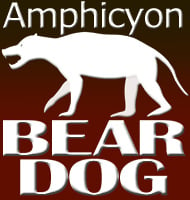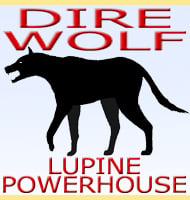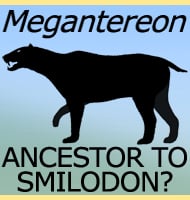Ginsburgsmilus
In Depth As a barbourofelid Ginsburgsmilus is more popularly known as a ‘false sabre-toothed cat’ since the Barbourofelidae are not thought to related to modern cats of today beyond the fact that they are all members of the Carnivora. As such Ginsburgsmilus is related to other members of the Barbourofelidae such as Sansanosmilus, Prosansanosmilus, Afrosmilus … Read more


